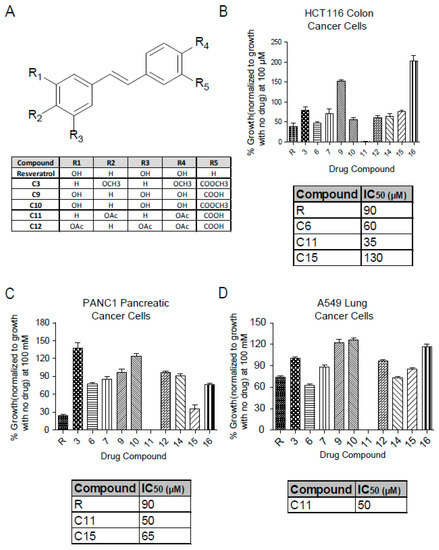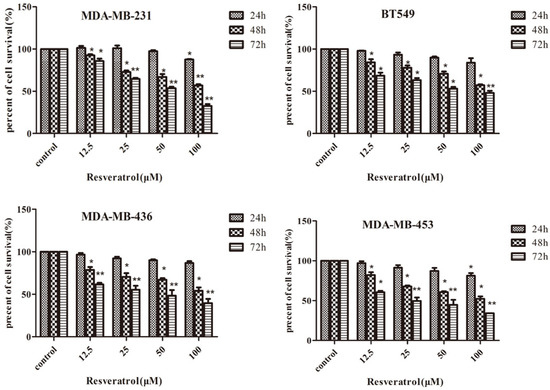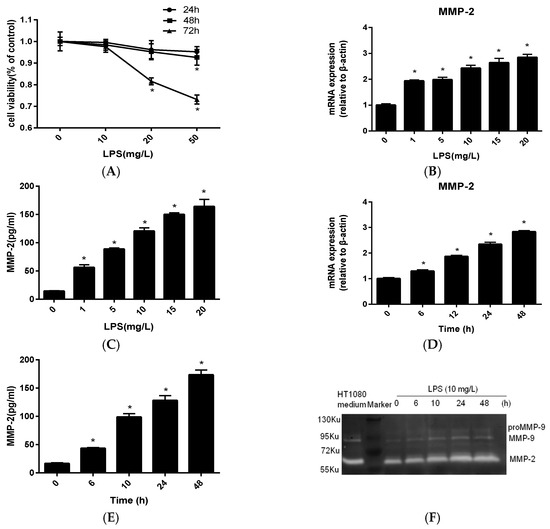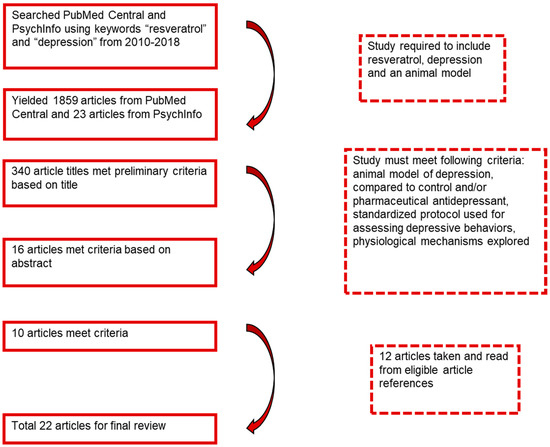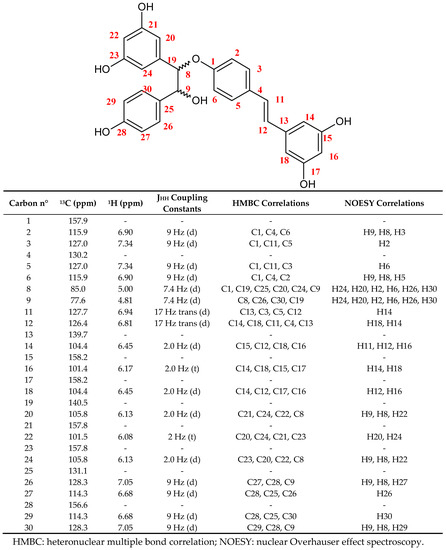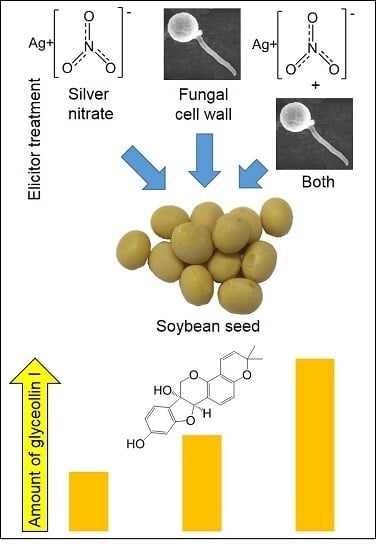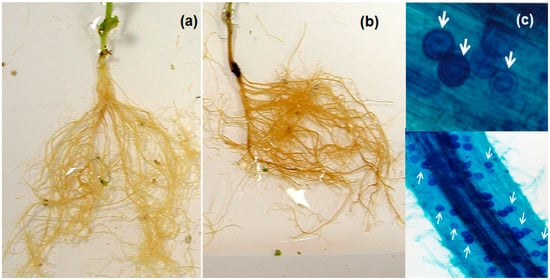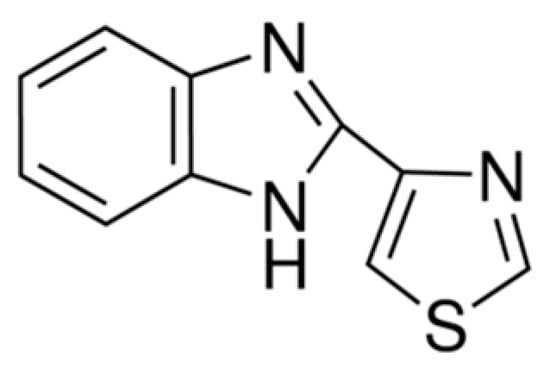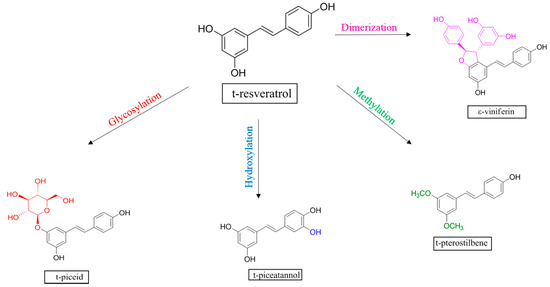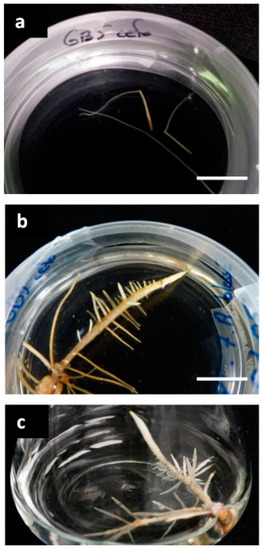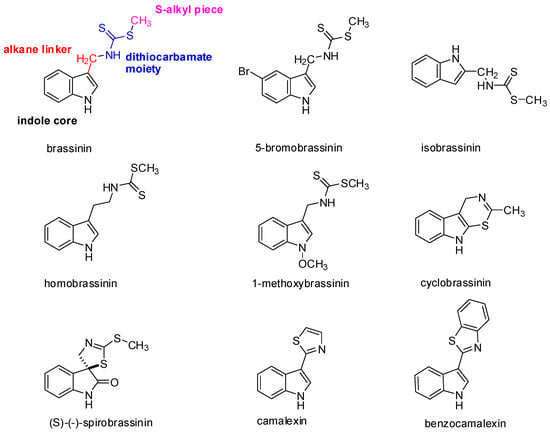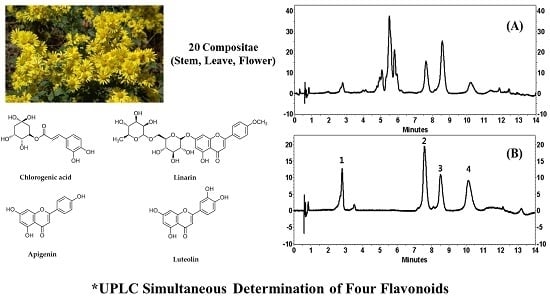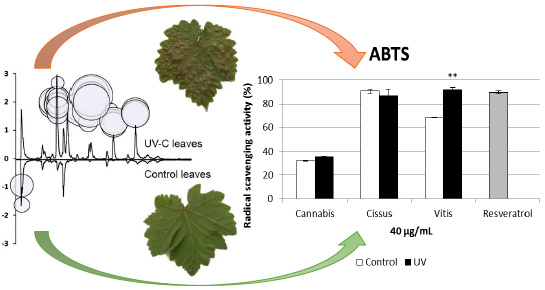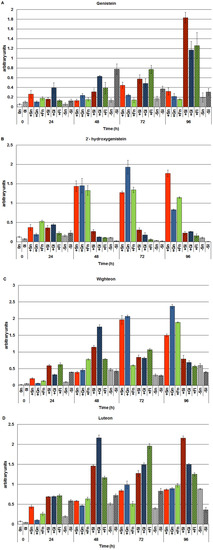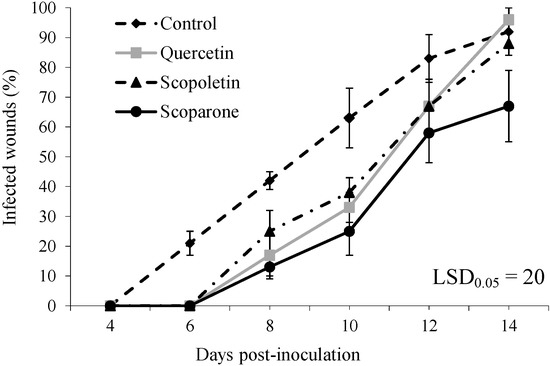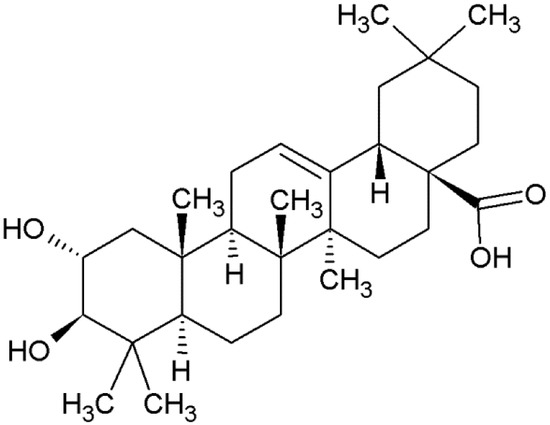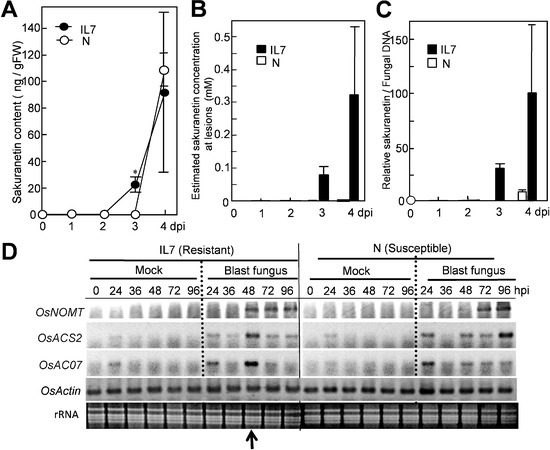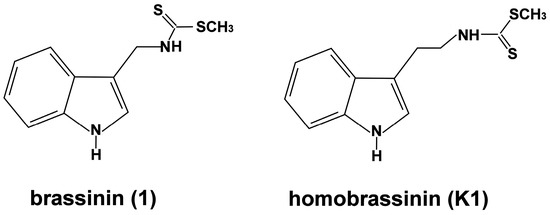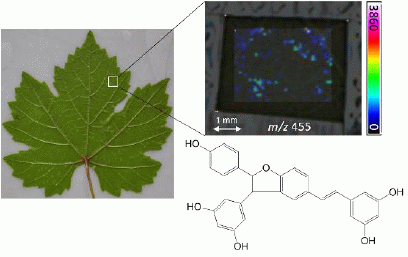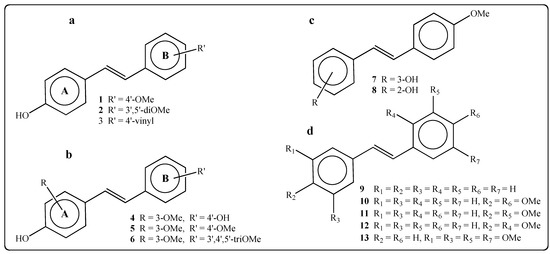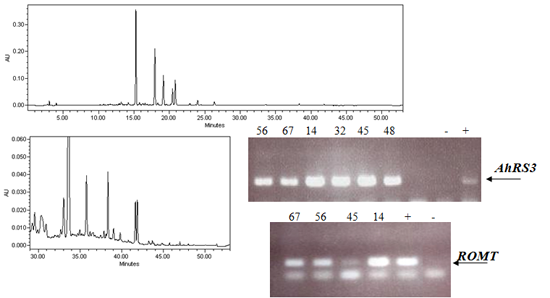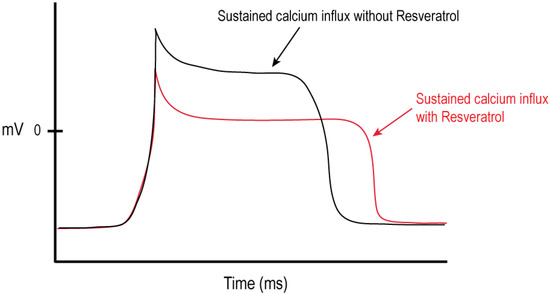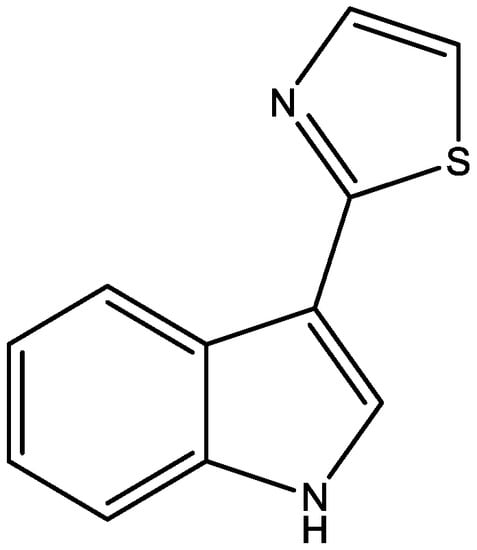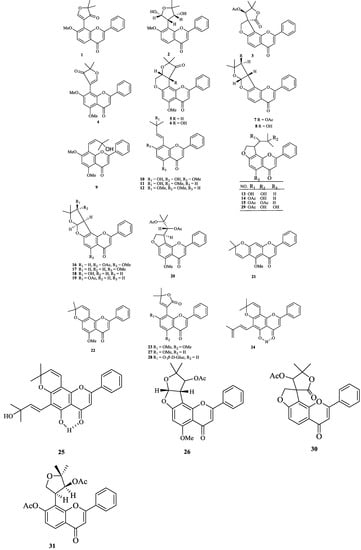Phytoalexins: Fundamental Aspects and Applications (Closed)
A topical collection in Molecules (ISSN 1420-3049). This collection belongs to the section "Natural Products Chemistry".
Viewed by 35615Editors
Interests: phytoalexins; chemistry of natural products; secondary metabolites; plant defences
Special Issues, Collections and Topics in MDPI journals
Interests: plant response to biotic and abiotic stress; stimulation of plant defenses; defense metabolites; biocontrol of plant disease; cell culture; green biotechnology; bioproduction of plant defense metabolites
Special Issues, Collections and Topics in MDPI journals
Topical Collection Information
Dear Colleagues,
Phytoalexins are low molecular weight antimicrobial compounds that are produced by plants as a response to biotic and abiotic stresses. As such, they take part in an intricate defense system, which enables plants to control invading microorganisms. In addition to displaying antifungal activity in numerous plant-pathogen interactions, phytoalexins have been implicated in human health and disease as antioxidant, anticancer and cardioprotective agents, as well as being supposed to act positively in neurodegenerative illnesses. Phytoalexins display an enormous diversity belonging to various chemical families such as isoflavones, isoflavanones, pterocarpans, isoflavans, flavanones, coumestans, furanoacetylenes, phenylpropanoids, steroid glycoalkaloids, norsesquiterpenoids/sesquiterpenoids, coumarins, diterpenes, ent-kaurane-related diterpenoids, acidic sesquiterpenoids, 3-deoxyanthocyanidins, naphthaldehydes, indoles, stilbenes, etc. As phytoalexins constitute a very active field of research, we feel it necessary to open a Topical Collection dedicated to the fundamental aspects and applications of the research on these compounds. Original and review papers dealing with all aspects of phytoalexins, including structure elucidation; chemical synthesis; methods for phytoalexin analysis in plant extracts or biological fluids; biosynthesis studies including modulation of phytoalexin synthesis; engineering of phytoalexin biochemical pathways in plants and microbes; biological roles in health and disease; structure/activity relationships; phytoalexin metabolism in planta and by micro-organisms, transport mechanisms and bioproduction by microorganisms or plant cell systems, plant protection and biocontrol, etc., are welcome for inclusion in this Topical Collection of Molecules.
Prof. Dr. Philippe Jeandet
Prof. Dr. Christophe Clément
Collection Editors
Manuscript Submission Information
Manuscripts should be submitted online at www.mdpi.com by registering and logging in to this website. Once you are registered, click here to go to the submission form. Manuscripts can be submitted until the deadline. All submissions that pass pre-check are peer-reviewed. Accepted papers will be published continuously in the journal (as soon as accepted) and will be listed together on the collection website. Research articles, review articles as well as short communications are invited. For planned papers, a title and short abstract (about 100 words) can be sent to the Editorial Office for announcement on this website.
Submitted manuscripts should not have been published previously, nor be under consideration for publication elsewhere (except conference proceedings papers). All manuscripts are thoroughly refereed through a single-blind peer-review process. A guide for authors and other relevant information for submission of manuscripts is available on the Instructions for Authors page. Molecules is an international peer-reviewed open access semimonthly journal published by MDPI.
Please visit the Instructions for Authors page before submitting a manuscript. The Article Processing Charge (APC) for publication in this open access journal is 2700 CHF (Swiss Francs). Submitted papers should be well formatted and use good English. Authors may use MDPI's English editing service prior to publication or during author revisions.
Keywords
- phytoalexin structure elucidation
- chemical synthesis
- methods for phytoalexin analysis
- biosynthetic studies and modulation of phytoalexin biosynthesis
- molecular engineering in plants and microbes / applications
- biological activity against microorganisms
- role in human health
- structure/activity relationships
- plant and fungal metabolisms
- transport mechanisms
- bioproduction by microorganisms or plant cell systems including engineered organisms
- plant protection and biocontrol
Related Special Issues
- Structure, Chemical Analysis, Biosynthesis, Metabolism, Molecular Engineering and Biological Functions of Phytoalexins in Molecules (14 articles - displayed below)
- Phytoalexins: Current Progress and Future Prospects in Molecules (19 articles - displayed below)







